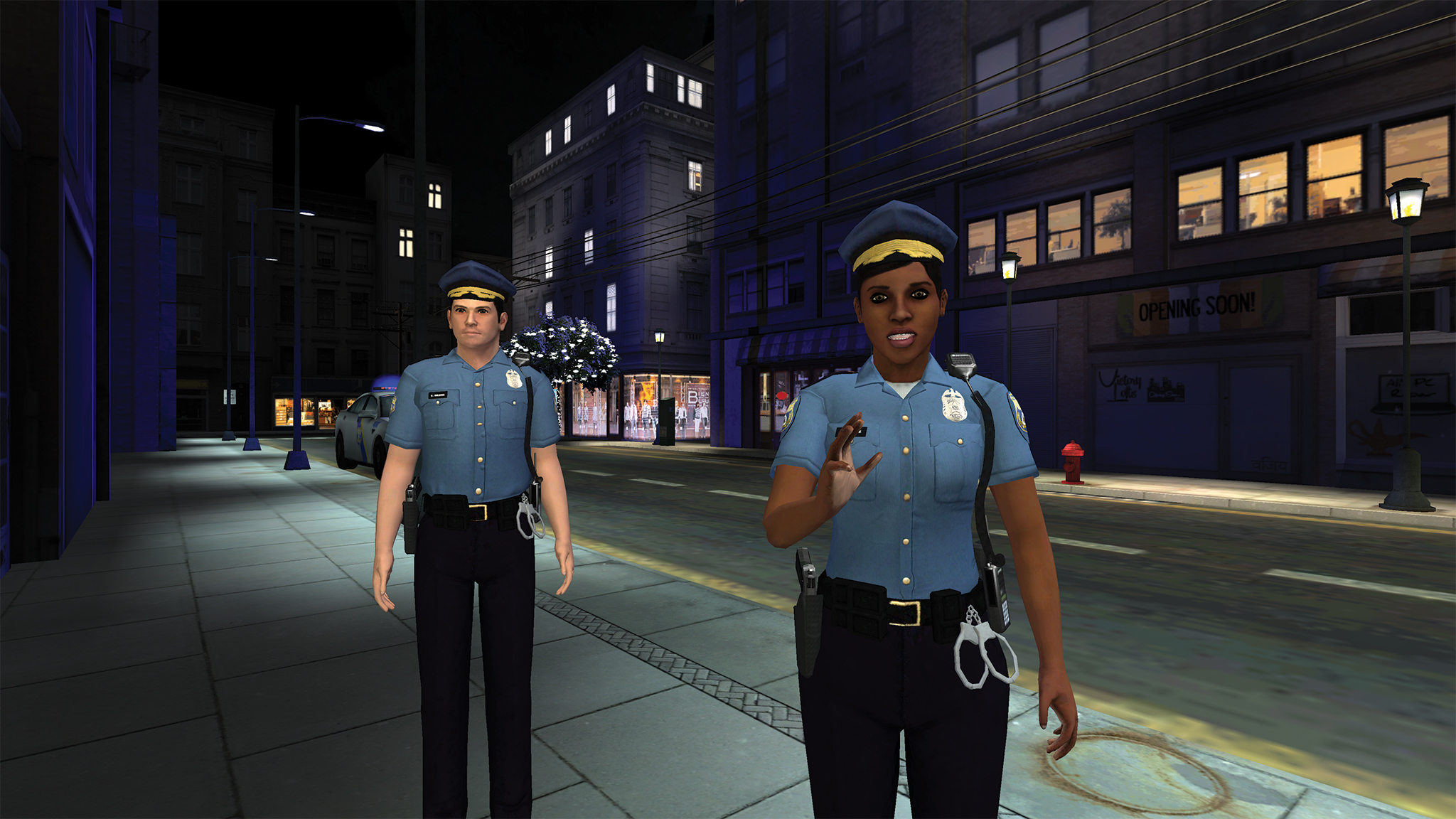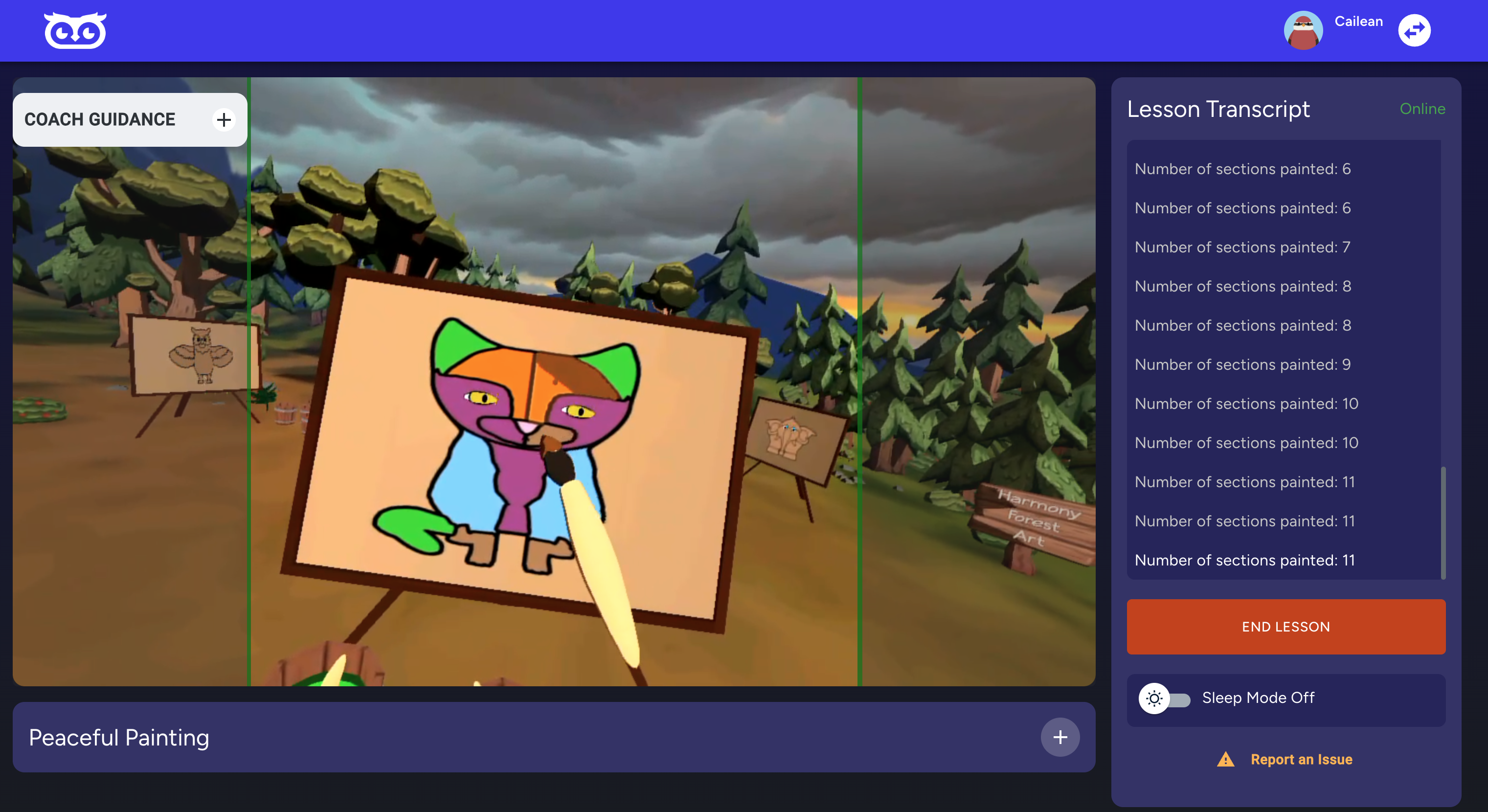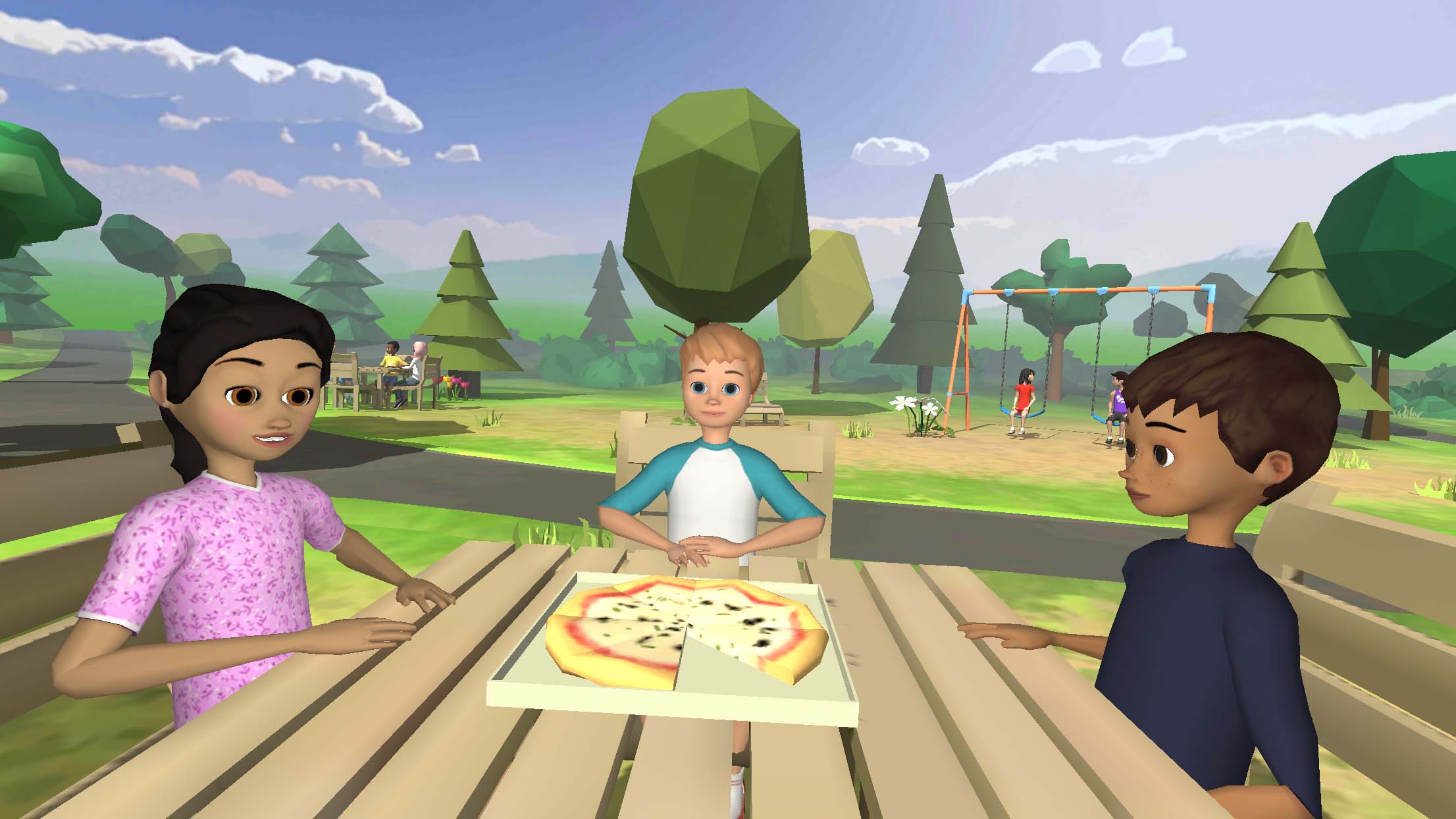Police Encounters in Floreo: Some Additional Considerations
Many of Floreo’s lessons emphasize the practice of scenarios to keep our Learners more safe. Our police-based lessons were designed to help Learners have a better understanding of what to expect when they encounter law enforcement. We have built situational and conversational opportunities in these VR scenes, but there may be additional learning opportunities beyond simply answering the officer questions or understanding the types of directions they might give that you may want to take into account when using these lessons with individual Learners.
Identifying First Responders: Does your Learner know how to identify law enforcement or other first responders and differentiate that person from someone in street clothes? For that matter, can they identify other first responders such as fire fighters or security guards? Before tapping the START button in one of the first 4 Police Encounter scenes (Police Questions 1, Police Questions 2, Police Questions 3, Police Questions 4) pause to notice the officers uniform and badge. In Choose Your Police Encounter, police officers can be differentiated from the other pedestrians in the scene.
Proximity: In the Floreo lessons, we control for the proximity of the police officer in relation to the Learner. In real life, consider whether a Learner tends to stand unusually far or close to a conversational partner. Many of our Learners need extra space when they are feeling uncomfortable, so practicing these encounters in VR may help alleviate some of that discomfort and therefore allow for adequate proximity to an encounter with a police officer.
Physical Orientation: If someone is facing away from a police officer during a conversation, the officer might be concerned that that person might flee. Officers are taught to be alert to the direction someone’s feet are pointing during an encounter as an indication of whether that person intends to stay part of the conversation or whether that person might be intending to leave. Attend to whether the Learner’s body and especially their feet are positioned in the direction of the officer.
Communication: Verbal and nonverbal communication behaviors are being quickly judged by an officer when they approach anyone. Unusual voice tone or voice volume might raise suspicion in some officers who are unfamiliar with the special needs community. Consider any words or phrases that we use with our Learners that are not well known outside a special needs environment. Some organizations have recommended that individuals who either have communication challenges, or demonstrate communication behaviors that might be perceived as unusual, wear a health ID bracelet or carry an informational card that explains the best way for a police officer to interact with that individual. The use of these tools may help reset an officer’s expectations. Health ID bracelets are available from various vendors. You can get more information and make a personalized information wallet card at: www.justdigit.org.
The success of any interaction is not the sole responsibility of one person, so we aren’t expecting our Learners to be the only ones contributing to a successful interaction with law enforcement. We simply want them as well prepared as possible.






-1.png?width=550&height=250&name=Untitled%20(3)-1.png)